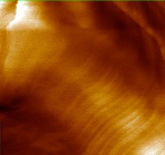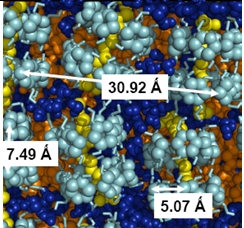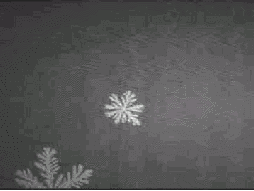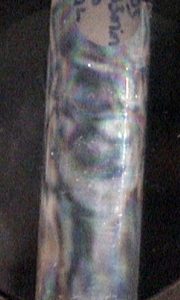Brewster angle microscopy (BAM) is a relatively new technique that allows direct observation of the films onto the water/air surface. This technique is sensitive to the surface density and to the anisotropy of phase domains in monolayers, where the reflectivity of a planar interface between two media depends on the polarization of the incident light and on the angle of incidence. For a Fresnel interface (an interface where the refractive index changes steeply) and for a polarization where the electric field is in the plane of incidence, the reflectivity vanishes at the Brewster angle. For a real interface, the reflected light intensity has a minimum at the Brewster angle, but does not vanish. However, the reflected intensity at the Brewster angle is strongly dependent on the interfacial properties and is particularly sensitive to monolayers at the interface. The reflectivity of a real interface at the Brewster angle for the mentioned polarization has three origins: (a) the thickness of the interface, (b) the roughness of real interfaces, and (c) the anisotropy of monolayers.
The figure shows our Brewster angle microscope in a schematic way. The interface is illuminated at
the Brewster incidence (~ 53°) with a polarized laser beam from a He-Ne laser. The reflected beam is received by a microscope.
The beam is analyzed by a polarization analyzer and received by a CCD video camera to develop an image of the monolayer.
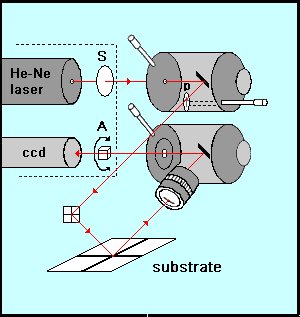

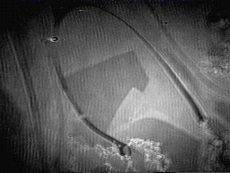 Overbeck/L2phase transition in the C
21monolayer
Overbeck/L2phase transition in the C
21monolayer